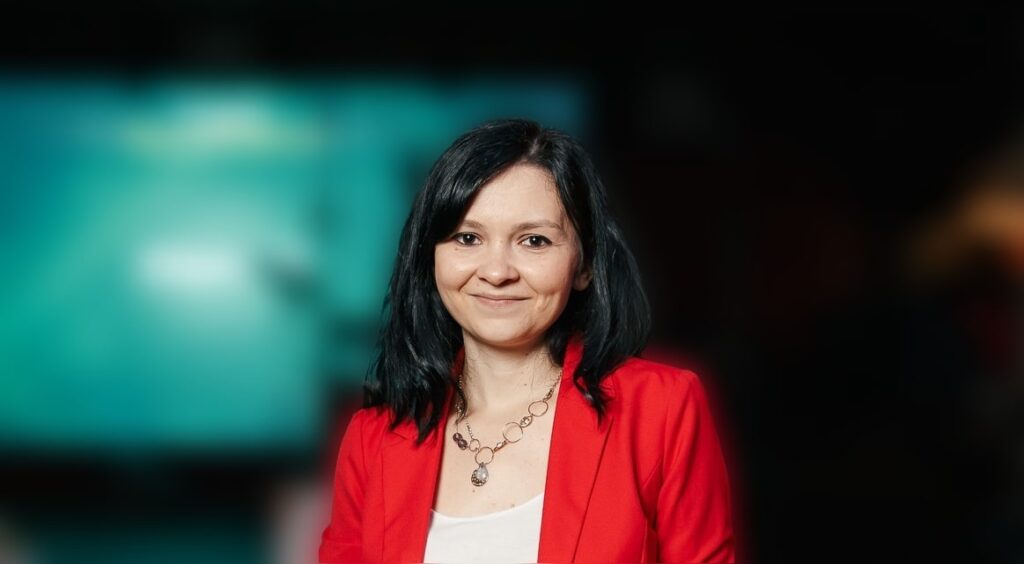5 Tips on Writing: With Liliya Chuzhova
I started as a fiction writer, but since I’ve always loved games and have been playing them since childhood, transitioning to narrative design was easy. The static nature of books can be comforting, but for me, the interactive aspect and direct line to your audience—the players—was much more appealing. So, I worked hard to enter the game development field and now write fiction and book reviews on the side.
Hooking Your Audience
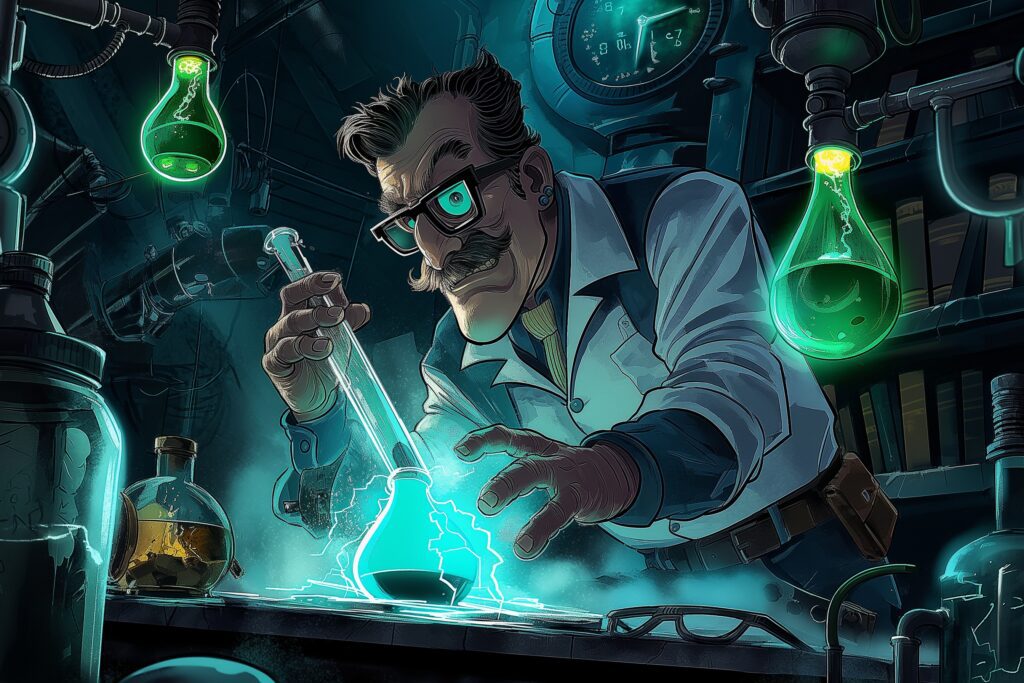
The choice of methods depends on the type of game you’re creating and, most importantly, on your target audience. Learn about different types of players, their psychology, and what makes them tick. For example, “Killers” prefer action-packed gameplay with minimal text, while “Explorers” crave mysteries and rich narratives. But most players appreciate achievements, so keep that in mind. For readers, it’s as they say—you have to grip their minds from the first sentence or at least the first page. The same goes for viewers, especially given today’s shortened attention spans. As creatives, we must adapt.
Mastering Plot Development
In these modern, post-pandemic times with writers’ strikes and other challenges, we must consider the debate on Western-Eastern narrative structures. The classical three-act plot used in Hollywood is essential knowledge for any aspiring writer or narrative designer. However, the next level involves exploring the four-act structure and the concept of delaying conflict, which suspends the traditional “Hero’s Journey.”
Effective World-Building Strategies
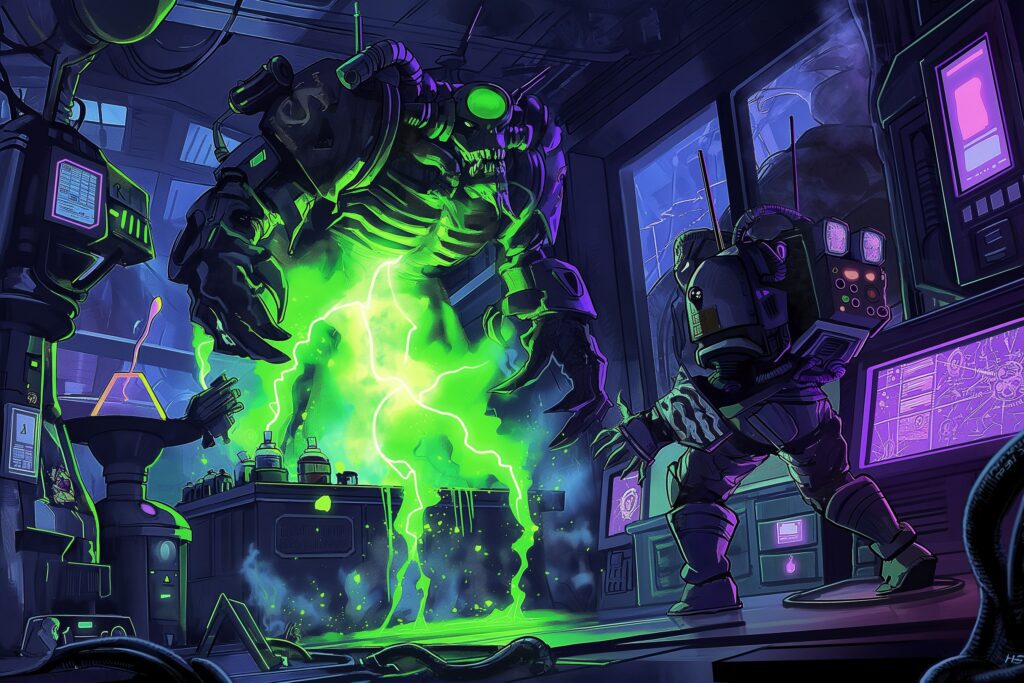
Consistency is key. When creating a narrative, it’s easy to get lost in the big picture, but the devil is in the details. Attentive players will notice even the slightest inconsistencies. Ensure unity in all key world elements: setting, character backgrounds, mythology, and the lexical features of the text.
Techniques for Character Development
Characters are the entities with which players will identify. Make them multi-layered and relatable. Use every tool at your disposal. In hidden-object games, utilize rich art and dialogue to convey core character attributes. Casting the right voice-over artists is crucial. In RPGs and similar genres, where the player is essentially the main character, design diverse options to allow players to shape their own experience within the game world. Understanding player psychotypes is beneficial here.
Crafting Meaningful Decisions
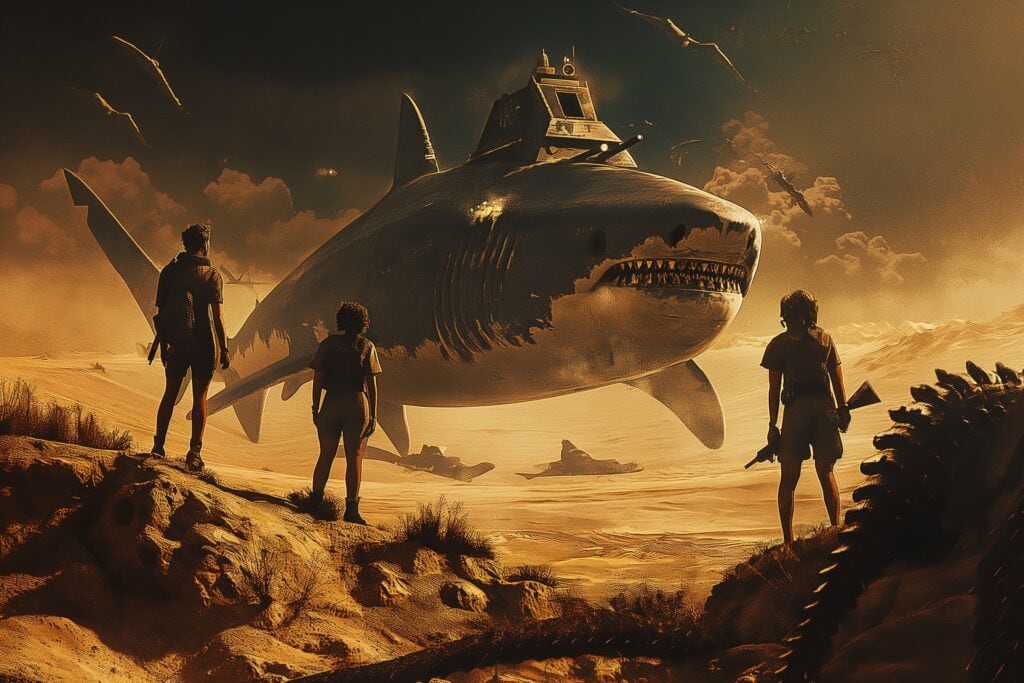
You need to strike the player’s heart and manipulate it mercilessly, especially in games with in-game paid choices. Design choices and their consequences to evoke specific feelings. If players make a donation, they should feel good and satisfied; if they refuse, they should feel guilty and regretful.
What are your strengths in writing and narrative design?
It’s not very humble (hello, impostor syndrome), but I would say my strengths include creative exposure (playing games, extensive reading, watching TV and movies), seeing the big picture, attention to detail, and knowing the player, which comes from both experience and intuition.
Which games or stories have you worked on?
I have worked on novels, short stories, and children’s books, as well as games such as “Criminal Stories” (Visual Novel) and over 100 HOG titles for Do Games studio across various genres. These include series like “Unsolved Case” (detective), “Royal Romances” (fantasy), “Mystical Riddles” (mystery, supernatural), and more.
Exploring Favourites
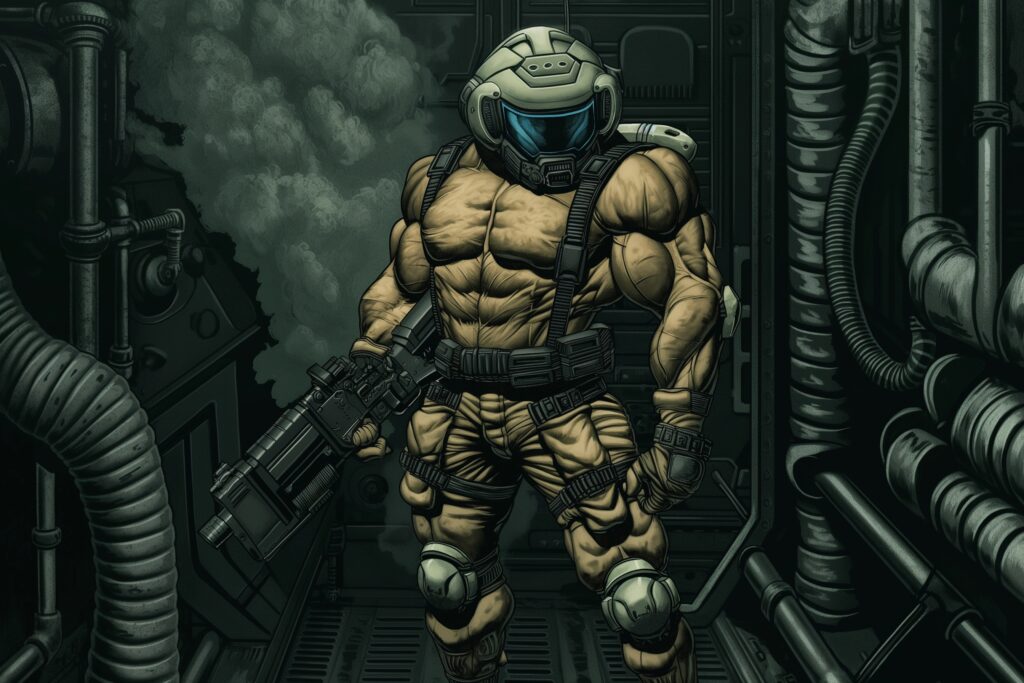
I can’t narrow it down; there are just too many. In games, I’m a fan of the Witcher series (their quests are amazing). In books, I love fantasy, sci-fi, and detective genres; my recent favorite is “The Stranger Times” by Caimh McDonnell. In TV and movies, I enjoy “Fringe,” Aaron Sorkin’s “Newsroom,” the cult classic “Firefly,” and many others. Ultimately, I crave anything creative and story-based; it helps replenish my inner resources.
A Wish for Interactive Audio Stories
Something with heart would be great. If creative content doesn’t make you feel something, there’s no point to it. I recently played an old RPG—”Kingdoms of Amalur: Reckoning.” They used audio stories nicely, with character voices depicting the legends of the game world. As a player, I could explore and fight beasts while listening to these stories, perfectly illustrating the location I was in.
Register for our Free Writing Workshop now!
If you are interested in creating your own interactive audio story, you can apply for our free webinar! It will introduce you to our interactive story game engine, TWIST, and teach you how to use it to create interactive audio stories.
Interested in contributing to our blog series?
If you would also like to publish a blog post on our website and share your own story with interested readers, simply fill out the contact form.

